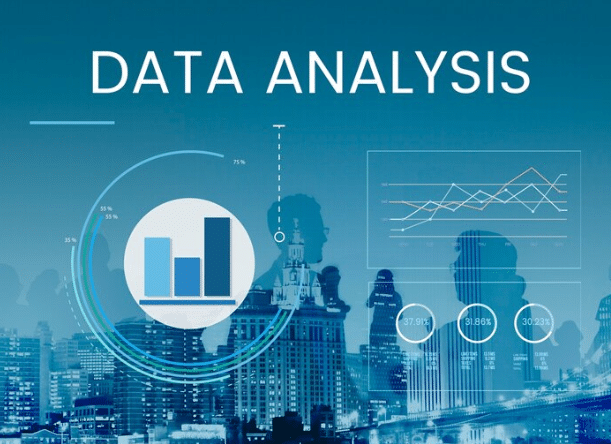Business intelligence (BI) leverages big data to provide insights that inform strategic decision-making and improve overall business performance. To effectively analyze large data sets and generate meaningful insights, organizations rely on a range of big data tools designed to support data management, analytics, and visualization. This guide explores essential big data tools for business intelligence.
I. Data Management and Processing Tools
A. Apache Hadoop
- Overview: Apache Hadoop is an open-source framework for distributed data storage and processing across clusters of servers. Its components include the Hadoop Distributed File System (HDFS) and the MapReduce processing engine.
- Best for: Handling large data volumes, distributed data storage, and processing.
B. Apache Spark
- Overview: Apache Spark is a fast, in-memory data processing engine that supports real-time analytics, data streaming, and machine learning. It provides libraries for SQL, graph processing, and machine learning.
- Best for: Organizations seeking high-speed data processing and advanced analytics capabilities.
C. Apache Flink
- Overview: Apache Flink is a stream processing framework that supports real-time data streaming and batch processing. It offers low latency and high throughput for data processing.
- Best for: Businesses requiring advanced stream processing and real-time data analysis.
II. Data Storage and Access Tools
A. Amazon S3
- Overview: Amazon Simple Storage Service (S3) is a scalable and durable cloud storage solution for storing large data sets. It supports a variety of data types and offers integration with other AWS services.
- Best for: Cloud-based data storage and easy data access.
B. Google BigQuery
- Overview: Google BigQuery is a serverless data warehouse and analytics platform that supports fast SQL querying of large data sets. It offers scalability and cost-effective data storage.
- Best for: Real-time analytics and large-scale data querying.
III. Data Visualization Tools
A. Tableau
- Overview: Tableau is a leading data visualization tool that allows users to create interactive dashboards and reports. It supports a wide range of data sources and offers intuitive drag-and-drop functionality.
- Best for: Intuitive data visualization and reporting.
B. Power BI
- Overview: Microsoft’s Power BI provides data visualization and business intelligence capabilities. It integrates seamlessly with other Microsoft products and offers a range of data connectors.
- Best for: Organizations using Microsoft technologies seeking comprehensive data visualization and reporting.
C. Qlik Sense
- Overview: Qlik Sense is a modern data analytics and visualization tool that supports interactive data exploration and self-service analytics.
- Best for: Organizations looking for user-friendly data visualization and analysis.
IV. Business Intelligence Platforms
A. SAP BusinessObjects
- Overview: SAP BusinessObjects is a comprehensive business intelligence platform offering a suite of tools for data reporting, visualization, and analysis.
- Best for: Businesses seeking a full-featured BI platform with extensive data integration and reporting capabilities.
B. IBM Cognos Analytics
- Overview: IBM Cognos Analytics is a BI and data visualization platform that offers reporting, dashboards, and data exploration capabilities.
- Best for: Organizations looking for advanced reporting and data visualization in a single platform.
V. Machine Learning and AI Tools
A. TensorFlow
- Overview: TensorFlow is an open-source machine learning framework developed by Google. It supports deep learning, neural networks, and other AI applications.
- Best for: Machine learning and AI-based data analytics.
B. Scikit-Learn
- Overview: Scikit-Learn is a popular Python library for machine learning and data analysis. It offers a range of algorithms for classification, regression, clustering, and dimensionality reduction.
- Best for: Organizations looking to implement machine learning models in Python.
VI. Conclusion
These essential big data tools for business intelligence enable organizations to effectively manage, process, and analyze large data sets for strategic insights. By leveraging the right tools, businesses can enhance decision-making, optimize operations, and achieve long-term success in today’s data-driven world.










